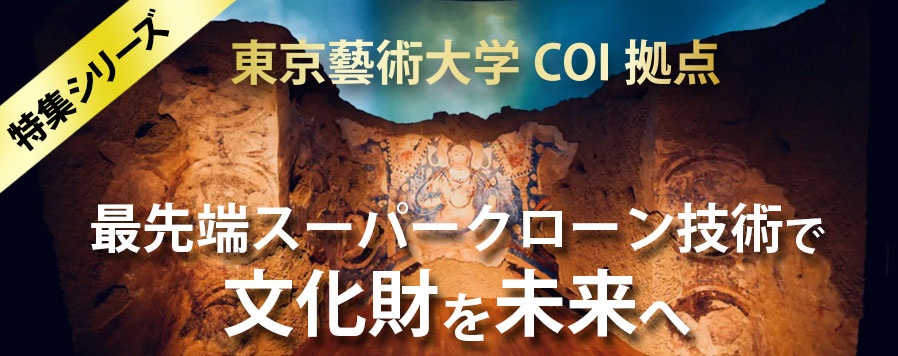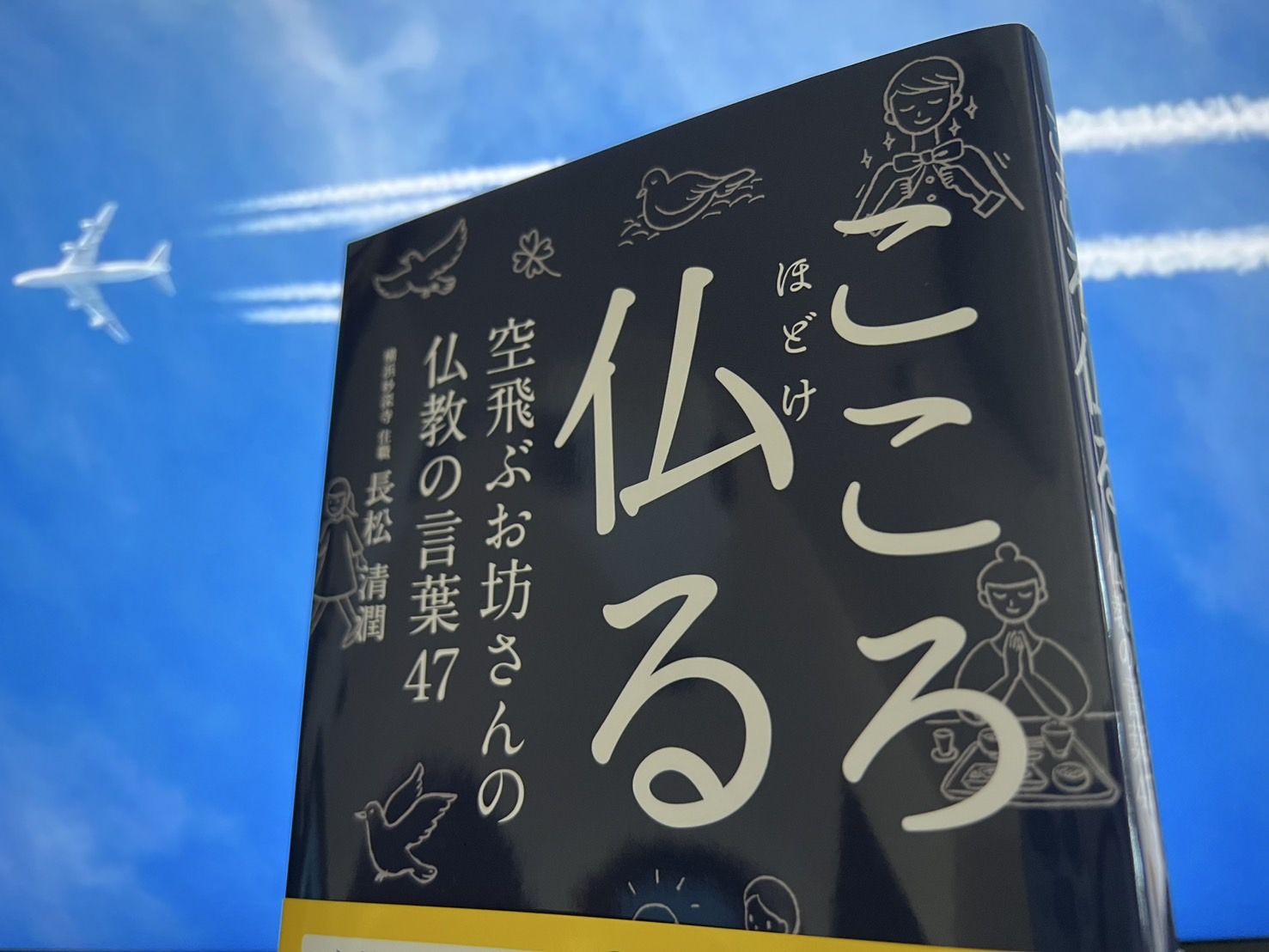■Funeral Reform“ Advancing in China: Spread of Ocean Scattering and Institutional Background
日本テレビ2025年4月4日の報道によると、中国では「葬式改革」が政府主導で進められており、都市部を中心に、火葬後に遺骨を海に撒く「海洋散骨」が普及しつつある。
According to a report broadcast by NTV 2025/4/4, ”funeral reform“ is being led by the government in China, and ”ocean scattering,” in which remains are scattered in the ocean after cremation, is becoming increasingly popular, especially in urban areas.
番組では、北京市や天津市で行われている合同の海洋散骨式の様子を紹介。政府が用意した船に乗り、遺族が順番に特殊な容器に納められた遺骨を海に流す形式で、従来の葬儀は行われず、費用はすべて政府が負担しているという。
The program introduced joint ocean scattering ceremonies held in Beijing and Tianjin. In this ceremony, bereaved family members take turns to take a boat prepared by the government and scatter the remains in special containers into the sea, with no traditional funeral ceremony taking place and all expenses covered by the government.
参加者の一人は「自然に還るという考え方に共感した」と語り、家族の希望として散骨を選んだと述べた。番組ではまた、生前に散骨を選択した70歳以上の高齢者に対し、亡くなるまで毎月2000円から8000円の奨励金を支給する自治体があることも紹介された。
One of the participants said that he sympathized with the idea of returning to nature, and that his family chose to have their ashes scattered as their wish. The program also mentioned that some local governments offer incentives of 2,000 to 8,000 yen per month until death to those aged 70 or older who choose to have their ashes scattered before their death.

https://news.ntv.co.jp/category/international/e07dc9fd043045f2a4f521451604e3d2
日本のテレビが伝えるこうした動きは、ここ数年で特に注目されているが、制度的には以前から段階的に進められてきたものでもある。
This trend has attracted particular attention in the past few years, but it is also something that has been systematically phased in for some time.
中国政府は1997年に「葬祭管理条例」を施行し、従来の土葬から火葬への移行を基本方針として掲げてきた。また2000年代以降は、「社会主義新農村建設」政策の一環として火葬場や共同墓地の整備も進められている。
In 1997, the Chinese government enacted the “Funeral Service Administration Regulations,” which set forth the basic policy of shifting from traditional burial to cremation. Since the 2000s, crematoriums and communal cemeteries have also been developed as part of the “Socialist New Rural Construction” policy.
背景には、高齢化の進行と土地不足の深刻化がある。中国では年間約1100万人が死亡し、従来の埋葬方法を維持する場合、毎年およそ70平方キロメートル(東京ドーム約1500個分)の墓地用地が必要になるとされる。都市部では墓地価格の高騰も顕著で、1区画1000万円を超える例も報告されている。
The background to this is the aging of the population and the worsening shortage of land. In China, approximately 11 million people die each year, and if traditional burial methods are maintained, approximately 70 square kilometers of cemetery land (equivalent to about 1,500 Tokyo domes) will be needed each year. In urban areas, the price of cemeteries has skyrocketed, with some cemeteries reportedly costing more than 10 million yen per plot.
こうした事情から、政府は散骨や樹木葬など、環境負荷と土地利用の両面で優位とされる「節地型エコ葬」の導入を各地で推進。深圳市では1998年から海洋散骨が始まり、これまでに4万人以上の遺骨が自然に還されたとされる。
In response to this situation, the government is promoting the introduction of “land-saving ecological burials” such as scattering of ashes and burial of trees, which are considered superior in terms of both environmental impact and land use, in many areas. In Shenzhen, ocean scattering began in 1998, and more than 40,000 remains have been returned to nature so far.
農村部では火葬や葬儀の簡略化が進む一方で、伝統的な死生観や葬送儀礼を重んじる地域も少なくなく、改革の浸透には地域差がある。今後も中国政府は、制度的な整備と政策的誘導を通じて、高齢化社会と土地資源の課題に対応する「葬式改革」を進めていく方針とみられる。
While cremation and funeral rites are being simplified in rural areas, there are many areas where traditional views of life and death and funeral rites are still respected, and there are regional differences in the penetration of reform. It is expected that the Chinese government will continue to promote “funeral reform” to address the challenges of an aging society and land resources through institutional development and policy guidance.









